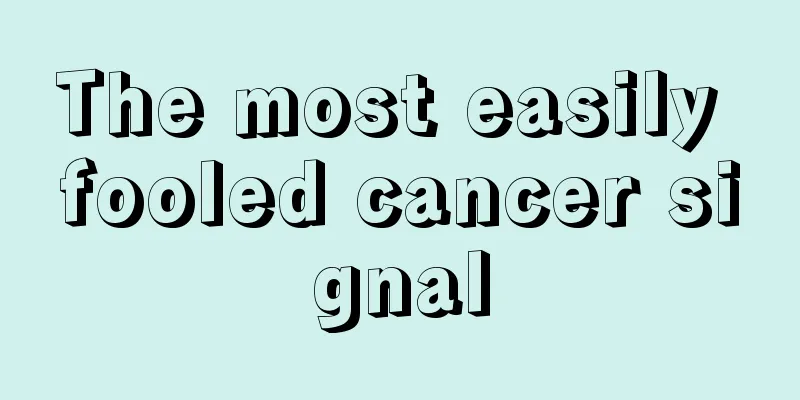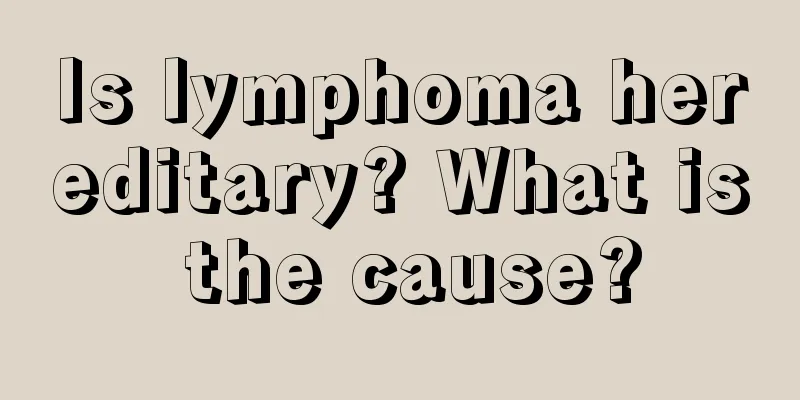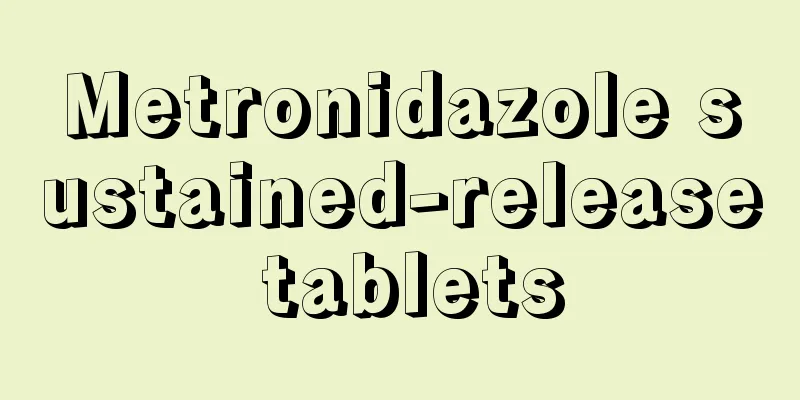Classification and diagnostic criteria of anemia

|
Anemia is a very common problem, especially for women, where it is more likely to occur. There are certain diagnostic criteria for whether anemia is mild or severe. According to these different criteria, anemia can be divided into different types. Different types of anemia require different methods of treatment and physical conditioning. Below we will introduce the diagnostic criteria and classification methods of anemia. 1. Diagnostic Criteria According to my country's standards, hemoglobin measurement values are: lower than 120g/L for adult males and lower than 110g/L for adult females, and their hematocrit values are lower than 0.42 and 0.37 respectively, which can be diagnosed as anemia. 2. Classification 1. Classification based on etiology and pathogenesis (1) Decreased red blood cell production ① Abnormal proliferation and differentiation of stem cells: Hematopoietic stem cells: aplastic anemia, Fanconi anemia. Erythroid progenitor cells: pure red cell aplasia, anemia caused by renal failure. ② Cell differentiation and maturation disorders: DNA synthesis disorders: Vitamin B12 deficiency, folate deficiency, defects in purine and pyrimidine metabolism (megaloblastic anemia). Hb synthesis defects: heme synthesis defects (iron deficiency anemia and sideroblastic anemia), globin synthesis defects (thalassemia). ③Unknown causes or multiple mechanisms: bone marrow infiltrative anemia, anemia of chronic disease. (2) Excessive destruction of red blood cells ① Endogenous: Red cell membrane abnormalities: hereditary spherocytosis, hereditary elliptocytosis. Erythrocyte enzyme abnormalities: glucose-6-phosphate dehydrogenase deficiency, pyruvate kinase deficiency. Abnormal globin synthesis: sickle cell anemia, other hemoglobinopathies. ②Exogenous: Mechanical: march hemoglobinuria, prosthetic heart valve hemolytic anemia, microangiopathic hemolytic anemia. Chemical, physical or microbiological factors: chemical poison and drug-induced hemolysis, extensive burns, infectious hemolysis. Immune: autoimmune hemolytic anemia, neonatal alloimmune hemolytic disease, drug-induced hemolytic anemia. Increased destruction of the monocyte-macrophage system: hypersplenism. (3) Hemorrhagic anemia: acute hemorrhagic anemia and chronic hemorrhagic anemia. 2. Classification based on cell morphology 3. Classification according to the degree of myeloproliferation (1) Proliferative anemia: such as hemolytic anemia, hemorrhagic anemia, megaloblastic anemia and iron deficiency anemia. (2) Hypoplastic anemia: such as aplastic anemia. 3. Treatment Methods In emergency situations, patients with severe anemia, the elderly, or anemia patients with cardiopulmonary insufficiency should receive red blood cell transfusions to correct anemia and improve the body's hypoxia. However, blood transfusion is only a temporary treatment measure. Repeated blood transfusions may lead to hemochromatosis, which requires iron removal treatment. Therefore, it is most important to find the cause and provide targeted treatment. Usually, anemia is just a symptom, not a single disease. Therefore, the underlying cause needs to be determined before effective treatment can be carried out. Patients with acute massive blood loss should actively stop bleeding, while quickly restoring blood volume and transfusing red blood cells to correct anemia. Nutritional anemia can be treated by supplementing the missing nutrients, such as iron supplementation for iron deficiency anemia and treatment of the primary disease that causes iron deficiency; and folic acid or vitamin B12 supplementation for megaloblastic anemia. The treatment of non-nutritional anemia is more complicated. Autoimmune hemolytic anemia is mainly treated with immunosuppressants such as glucocorticoids. Chronic aplastic anemia is mainly treated with cyclosporine combined with androgens. For example, inherited anemias such as Fanconi anemia can be treated with hematopoietic stem cell transplantation. |
<<: Can anemia cause splenomegaly?
>>: How to treat long-term diarrhea
Recommend
What are the symptoms of kidney cancer?
Kidney cancer refers to renal cell carcinoma, whi...
How to treat hamartoma so that it heals quickly
No matter what disease occurs, people’s first tho...
Symptoms of stomach heat and bad breath
When some people have stomach problems, they will...
What does multiple intrahepatic lesions mean
Multiple intrahepatic lesions refer to abnormal e...
How to remedy an ugly side profile
An ugly side profile is a very annoying thing. Aft...
What is the method for uric acid testing
Nowadays, as people’s quality of life continues t...
Can surgery be performed for lung cancer lymph node metastasis?
The presence of lymph node metastasis in lung can...
What's going on when there's blood in the cooked meat?
Various meats are very important foods in our liv...
How to maintain good health in winter
In the relatively cold winter, people are often a...
Can brown sugar remove freckles?
The appearance of freckles is a distress for many...
What foods are good for liver cancer patients? 12 dietary recipes for treating liver cancer
Liver cancer refers to a malignant tumor that occ...
Is there any harm to pregnant women after radiation for laryngeal cancer?
Laryngeal cancer radiation can cause certain harm...
How to prevent static electricity in cars in winter
Every time the cold winter weather starts to turn...
What are the precautions for intravenous infusion of magnesium sulfate
Magnesium sulfate can treat many diseases, such a...
What to do if the wine cork breaks
Red wine usually comes with a bottle cap that is ...









